What is Infant Reflux?
Reflux happens very commonly among babies. When food is swallowed, many factors keep the food we eat in the stomach. These include gravity, since we usually eat sitting up, the density of the food, the length of the oesophagus, and the muscular band at the lower end of the oesophagus that helps stop food from coming back up. Because babies are usually lying down and only consume liquid, their muscles haven’t developed yet which makes them more likely to regurgitate their milk.
Symptoms and Treatment
The most common symptoms include small spill of milk after feeding and the mixture of mlik and stomach acid which sometimes causes pain. This distress and discomfort causes babies to cry during or after feeding and can result in more spit up. Regurgitation can also occur without any vomit or spit up. This is known as silent reflux. The only medication recommended for reflux is for babies with poor weight gain or prolonged distress. Unfortunately, they do come with side effects which include abdominal pain and vomiting which makes the treatment options less than ideal. Surgical options are usually reserved for older children who experience severe reflux. If the reflux is not severe, there are some effective treatment methods to try. Letting the baby lie tummy down on their left side while still awake can help (but the baby must be awake). Babies should not sleep in this position as there is an increased risk associated with SIDS (sudden infant death syndrome). Thankfully, most babies do grow out of these symptoms, with less than 5% of babies continuing to experience reflux by the time they are one year old

